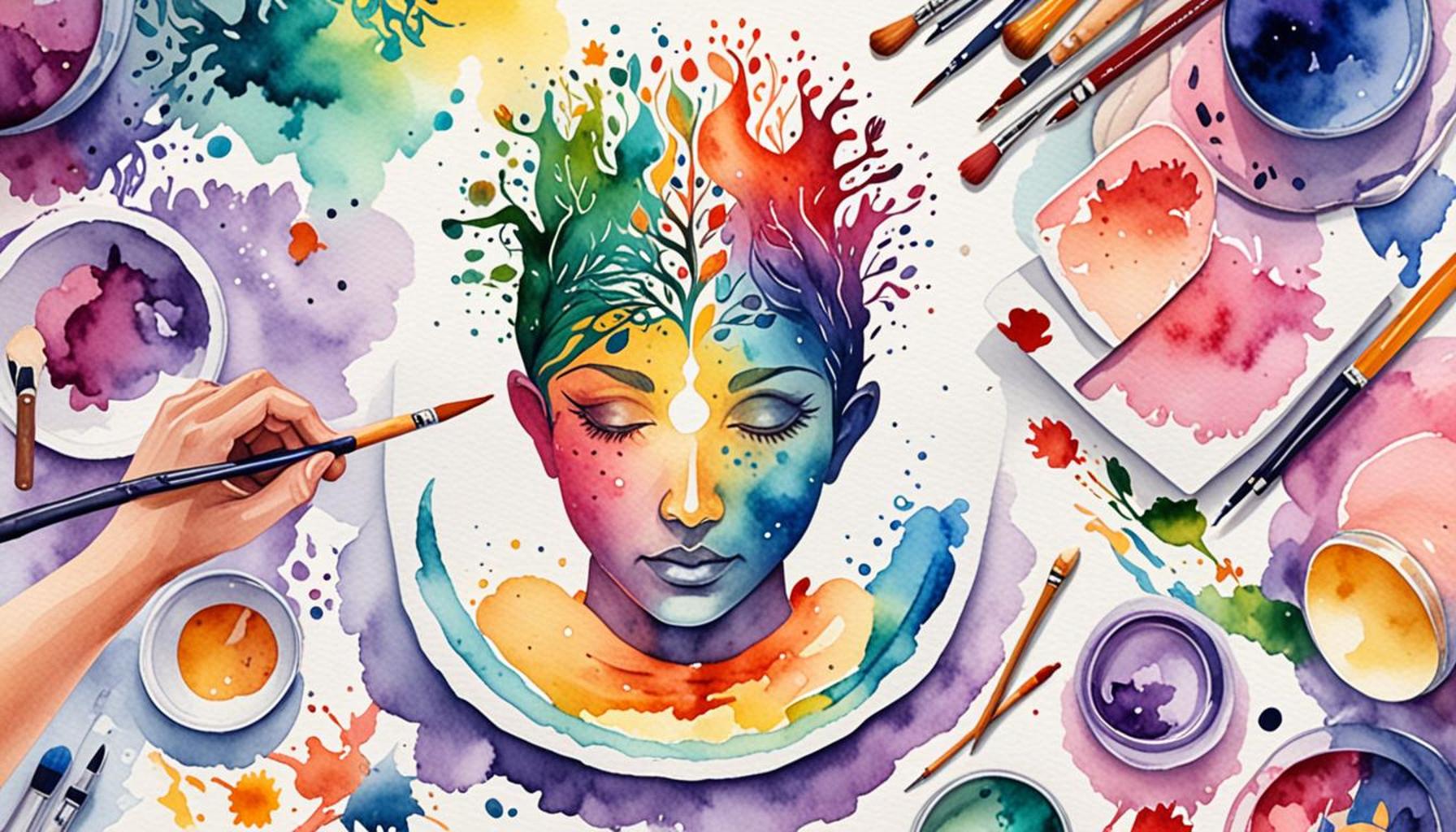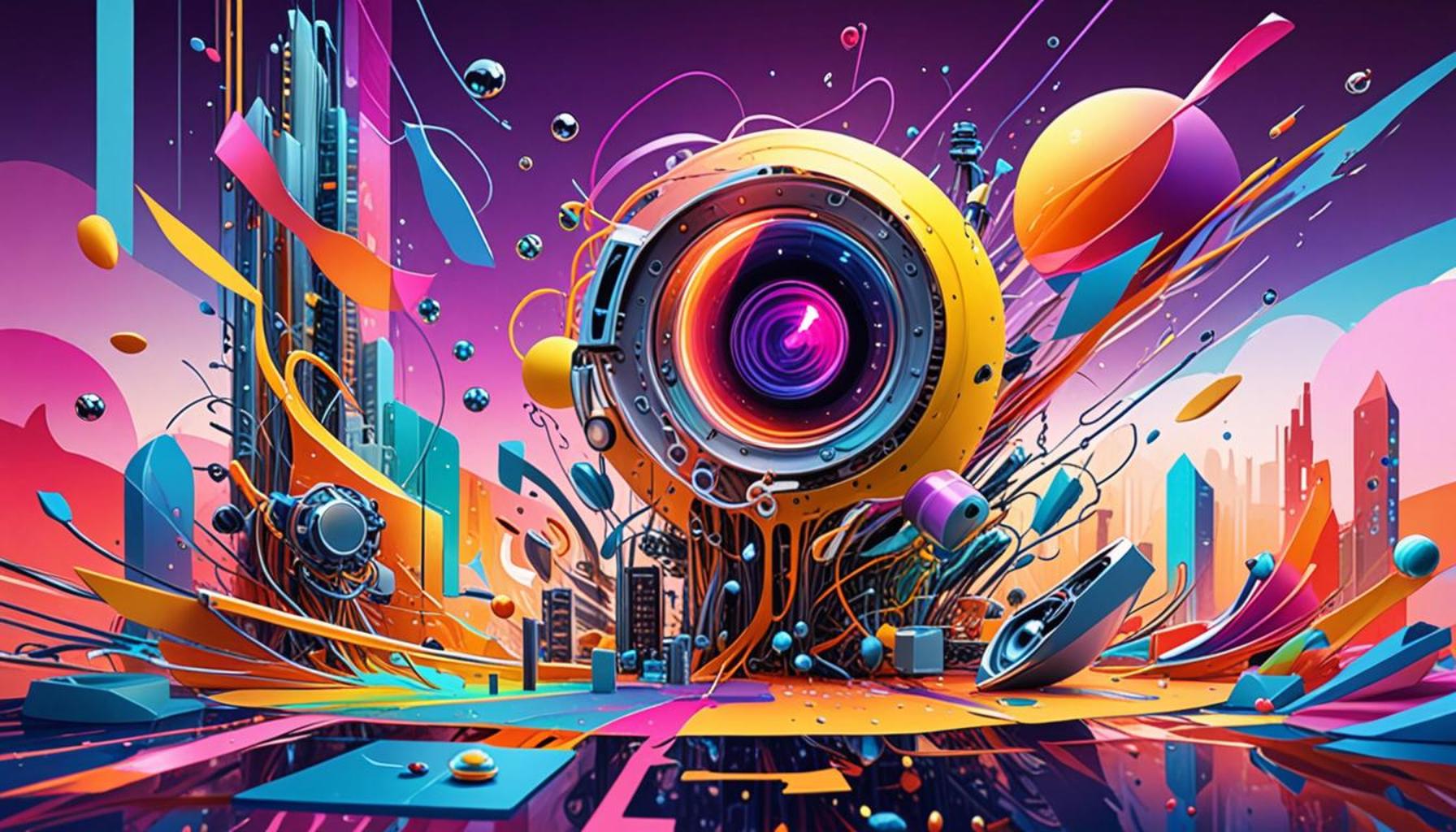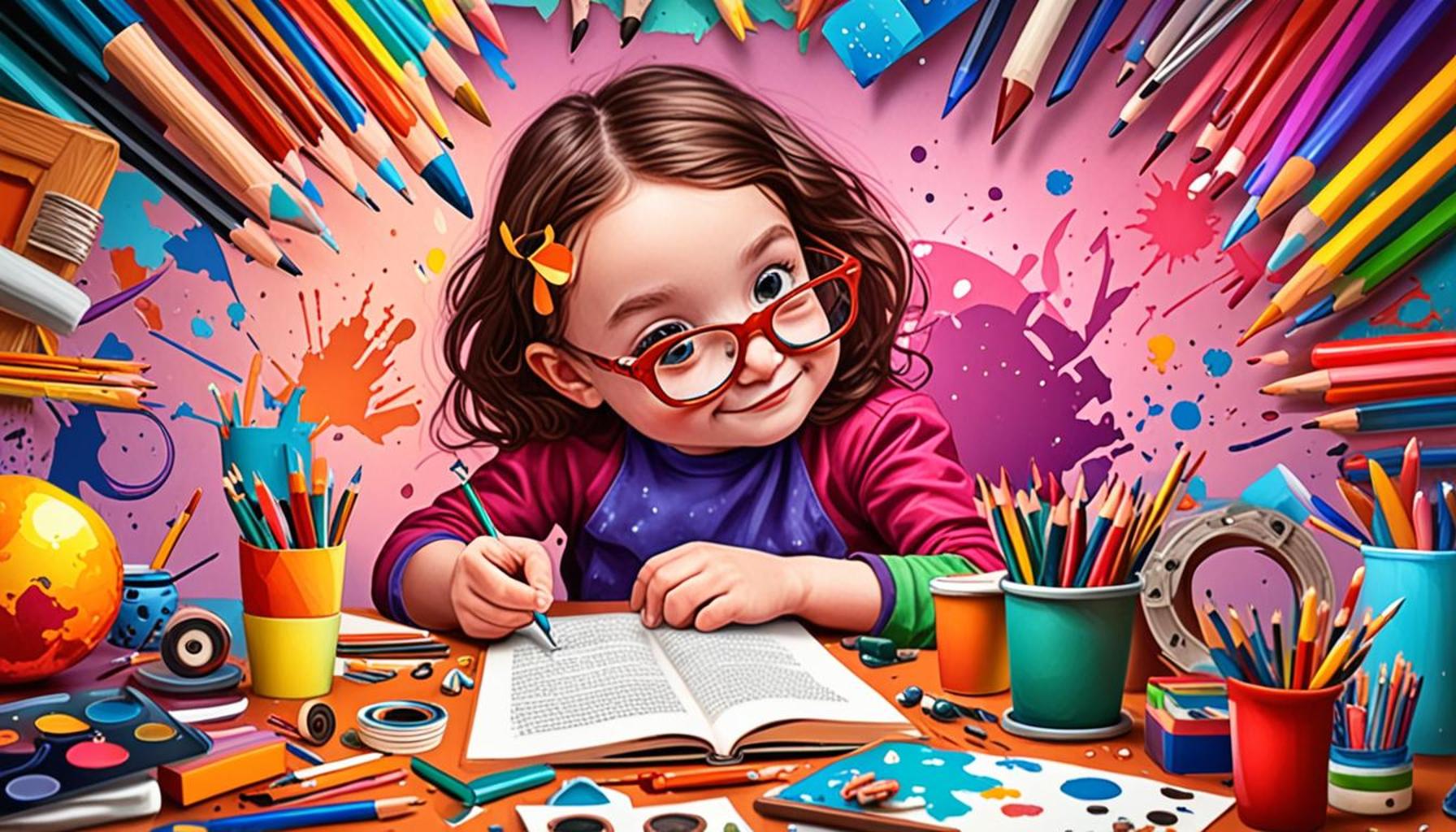The Art of Fail: Learning to Create and Experiment with Artistic Projects that Didn’t Turn Out as Planned
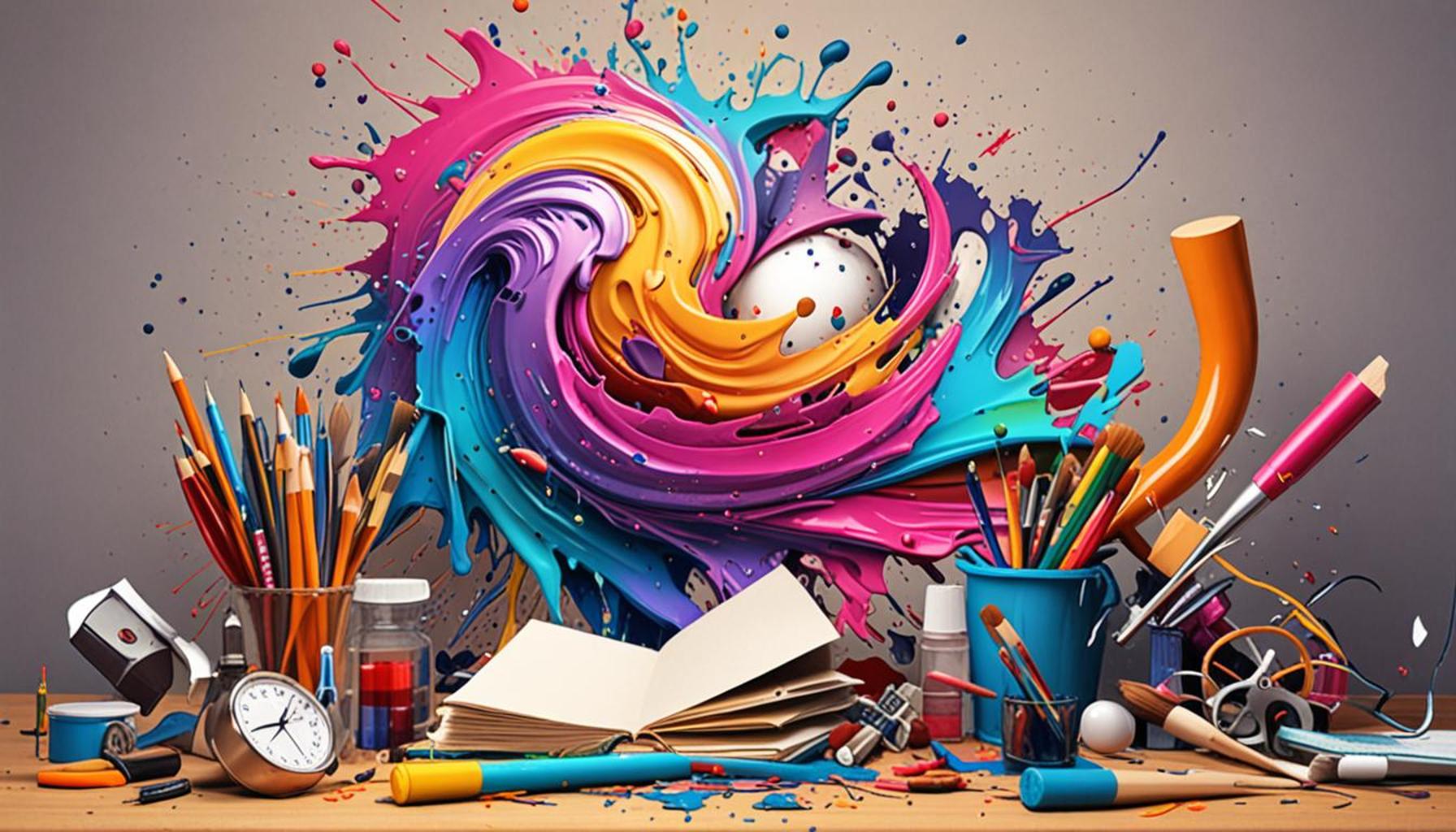
The Wisdom that Lies in Creative Failures
In the realm of artistic expression, failure often takes center stage, illuminating the struggles embedded in the creative process. Every creative enthusiast experiences that pivotal moment when a project diverges sharply from their vision, resulting in a disheartening trail of unmet expectations. However, what if these missteps are not merely setbacks but hold the key to profound artistic growth?
Consider this: many of the most celebrated artists in history emphasize the invaluable lessons gleaned from their failures. For instance, Vincent van Gogh grappled with his unique style, producing a staggering number of works—over 2,100—including 860 oil paintings, many of which faced initial rejection from critics and galleries alike. It wasn’t until after his untimely death that his innovative use of color and brushwork garnered admiration and secured his place in art history.
Similarly, J.K. Rowling, author of the immensely popular Harry Potter series, faced nearly a dozen rejections before Bloomsbury ultimately published her first book. Rowling’s initial experience of failure provided her with the resilience to refine her storytelling techniques and develop a rich, inviting world that captivated millions, reinforcing her belief that perseverance is vital.
Thomas Edison, the prolific inventor, famously viewed his numerous trials in creating the light bulb not as failures but as necessary steps towards discovery, stating, “I have not failed. I’ve just found 10,000 ways that won’t work.” This perspective showcases how each setback can be reframed as an opportunity for innovation and improvement.
These narratives share a crucial insight: failure is not the opposite of success, but rather a fundamental component of the creative journey. By embracing the notion of experimentation, artists can transform their miscalculations into masterpieces, pushing the boundaries of their imagination.
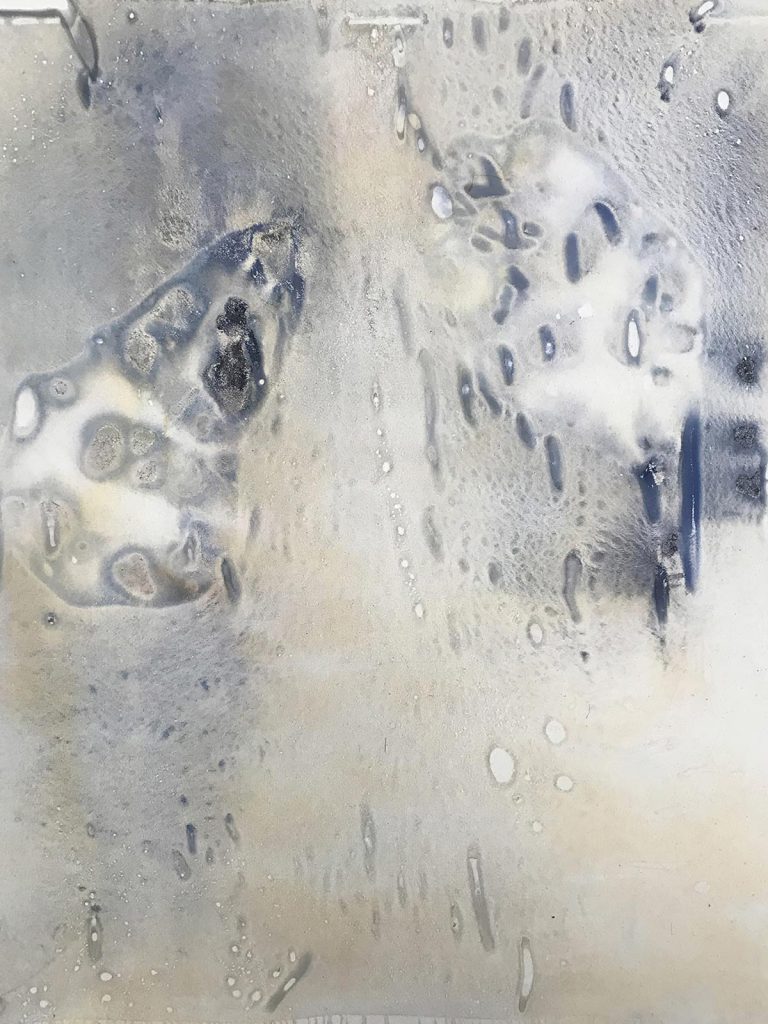
Exploring the art of failure opens new avenues for creativity. From humor in setbacks to deep introspection during moments of doubt, multiple artistic perspectives can emerge from what initially seems like disaster. Such transformations not only lead to unexpected insights but also enhance resilience, a quality essential for any artist navigating the unpredictable waters of creativity.
This article delves into methods for cultivating a mindset that celebrates failure as a learning tool within the artistic process. Whether you are a painter, writer, musician, or any type of creator, understanding how to reinterpret your creative blunders can lead to significant breakthroughs and achievements. Are you ready to see how your creative missteps can be turned into your greatest successes?
DISCOVER MORE: Click here to dive deeper
Embracing the Unexpected: The Power of Artistic Experimentation
Artistic creation is often envisioned as a linear pathway, where inspiration seamlessly transforms into a final product. However, this narrative overlooks the inherent unpredictability of the creative process. Experimentation plays a pivotal role in shaping an artist’s journey, inviting them to explore unknown territories and take risks that may not always lead to the desired aesthetic outcome. In fact, embracing this unpredictability can yield a wealth of knowledge that enriches one’s craft.
To harness the lessons embedded in artistic failures, it’s essential to adopt a mindset that promotes exploration over perfection. Creative ventures can sometimes devolve into what feels like chaotic encounters with failure; yet, in these moments lies the opportunity for profound discoveries. Consider the following criteria for rethinking creative missteps:
- Engagement with Your Process: Allow yourself to be fully immersed in the act of creation, regardless of the outcome. The more you engage, the more insight you will gain.
- Documenting Failures: Keep a record of your projects, noting what didn’t work and why. This documentation can be invaluable when revisiting ideas for future creations.
- Seeking Feedback: Share your work, even the less favorable pieces, with your peers. Different perspectives can illuminate possibilities for refinement or entirely new directions you hadn’t considered.
Artistic experimentation is often likened to scientific inquiry, where hypotheses are tested and revised based on outcomes. For instance, Andy Warhol, known for his iconic pop art, often experimented with unconventional materials and techniques. His approach led to several notorious pieces, including the infamous Campbell’s Soup Cans, which many initially viewed as failures in the realm of traditional fine art. Yet, these explorations not only defined his artistic identity but also sparked a dialogue about the very meaning of art itself.
Furthermore, engaging with creative failures can cultivate emotional resilience—a trait crucial for long-term artistic development. When artists confront moments of disappointment or unexpected directions in their work, they build coping strategies to navigate challenges. The practice of reframing failures as opportunities can foster a sense of freedom in expression, all while encouraging a mindset that celebrates growth and adaptability.
Ultimately, the journey of creativity is rich with twists and turns, and failures can serve as signposts that guide artists toward their truest expressions. Learning to see these moments as integral to the artistic process not only enhances one’s craft but also enriches the broader narrative of their artistic career. In accepting and processing failure, artists can transcend the fear of imperfection, unlocking the potential for groundbreaking innovations that resonate with audiences on a deeper level.
The Power of Embracing Failure in Artistic Creation
Artistic expression is often seen as a linear journey, but the reality is far more complex. Embracing failure as a vital component of the creative process can lead to unexpected breakthroughs and innovation. Artists of all types—from painters to performers—have found that their most significant discoveries often come from the ashes of what didn’t work. This is an invitation to redefine failure not as an end but as a crucial stepping stone toward mastery.When experimenting with new techniques or ideas, the risk of failure can be daunting. However, understanding that each misstep contains a kernel of insight can liberate artists from the constraints of perfectionism. For instance, the abstract expressionist Jackson Pollock famously reveled in the chaotic nature of his technique, allowing every drip and spill to communicate its own emotional nuance. Instead of seeing mistakes as a reason to give up, artists can view them as an opportunity to learn more about their practice and themselves.Moreover, engaging with the concept of failure can foster a sense of community among artists. Sharing struggles and outcomes that didn’t align with expectations can create supportive networks where creatives can inspire one another. Workshops and discussions that focus on “artistic fails” can cultivate a culture of experimentation, leading to a rich landscape for collaboration and idea sharing.In the world of art, every failed project carries the potential for growth, ultimately encouraging artists to take risks. Whether it’s a painting that seems like a disaster or a dance piece that forgot its steps, these experiences can provide crucial feedback, guiding an artist to develop a unique voice. By learning to embrace failure, artists turn every setback into a new beginning, where they can explore uncharted territories of their creativity.
| Category | Advantages |
|---|---|
| Creative Growth | Failure leads to experimentation and a deeper understanding of techniques. |
| Risk-taking | Encourages artists to break out of their comfort zones and explore new ideas. |
| Community Building | Sharing failures can strengthen bonds and inspire collaboration among artists. |
| Unique Voice | Lessons learned from failures can pave the way for developing a distinctive artistic identity. |
DISCOVER MORE: Click here to delve deeper
Redefining Success: The Lessons Lurking in Artistic Failures
As we delve deeper into the realm of creative failures, it becomes evident that success is not solely defined by the applause or acknowledgment an artist receives. Rather, it is in the exploration of uncharted ideas and the boldness to tread paths less taken where true artistry blooms. Artists must learn to redefine success through the lens of growth and innovation, viewing every creative misstep as a requisite part of a greater learning journey.
One of the most profound aspects of embracing failure in the creative arts is the chance to foster originality. Take, for instance, the trajectory of famous musicians who stumbled upon their greatest hits through unexpected deviations. In the late 1960s, Jimi Hendrix faced initial rejection in the music industry. Many producers remarked that his style was too wild and unconventional. However, instead of seeing these setbacks as defeats, Hendrix transformed frustration into inspiration, eventually creating timeless masterpieces that changed the landscape of rock music. This kind of originality, born from experimentation and determination, showcases the profound connection between failure and success.
Moreover, the tactile nature of visual art provides another fertile ground for learning from failures. Visual artists like Jackson Pollock embraced the notion of “mistakes” in their creative pursuits. Pollock’s drip paintings, often perceived as chaotic splatters, were the result of a deliberate process that allowed chance to play a role in the artistic outcome. By stepping back and appreciating the spontaneous and unexpected elements within his work, he found beauty in what others might dismiss as errors. This narrative encourages artists to foster a freedom of expression that challenges conventional boundaries and aesthetic norms.
In addition to individual exploration, the realm of collaborative projects can amplify the lessons learned from failures. Creative partnerships often yield unforeseen challenges that push artists outside of their comfort zones. When artists pit their differing visions against one another, it can lead to revelations about personal styles and techniques. This collaborative spirit can also mirror the essence of community; having a network of fellow creatives serves as an important reminder that failure is not a solitary experience. Engaging with others can provide a sense of camaraderie, allowing for mutual support in times of disillusionment and prompting discussions that elevate ideas rather than stifle them.
Furthermore, social media has birthed a unique space for artists to share both their successes and failures in real-time. Platforms such as Instagram and TikTok encourage vulnerability as artists showcase their creative processes—mistakes and all. This cultural shift mirrors the growing recognition that art is an organic and evolving practice, rather than a polished or finalized product. Artists can leverage this digital landscape not only to gain exposure, but also to engage with wider audiences about their journeys, inspiring others to embrace their failures as valuable stepping stones.
Finally, the concept of failure in art extends beyond aesthetic judgment. It prompts critical reflection on societal expectations. Art that challenges norms or conveys uncomfortable truths may not be initially appreciated. Yet history proves that what was once regarded as failure can later be celebrated as groundbreaking. Artistic figures such as Vincent van Gogh were not recognized until after their untimely deaths, their unconventional methods and themes eventually leading to a massive impact on the art world.
DIVE DEEPER: Click here to learn more about enriching your art collection
Embracing Failures: The Pathway to Artistic Growth
In the world of art, failure is not the end of creativity but rather a critical pivot point that can unlock new dimensions of expression and innovation. As we explored throughout this article, the journey of an artist is inherently marked by missteps, unplanned results, and moments of doubt. However, these experiences are invaluable teachers, pushing artists beyond their comfort zones and inspiring them to seek out original paths.
The ability to redefine success by embracing these artistic failures can liberate creators, allowing them to view each setback as a stepping stone toward personal and professional growth. Just as the likes of Jimi Hendrix and Jackson Pollock transformed their initial defeats into masterpieces, contemporary artists today have the opportunity to cultivate a similar mindset. The rise of social media platforms serves as a testament to this shift, further encouraging a culture that celebrates vulnerability and continuous experimentation.
By engaging with fellow creatives in collaborative environments, artists can gain new perspectives that enrich their work, fostering a community where failures are shared and learned from collectively. In essence, the shared narrative of artistic struggles promotes resilience and reinvention within the arts sector.
As we reflect on the overarching message of The Art of Fail, it’s clear that the value of failure transcends aesthetic disappointment. It compels artists to challenge societal conventions and embrace authenticity in their work. By fearlessly navigating the unpredictable terrain of creativity, artists not only honor their craft but contribute to a broader discourse that celebrates the multifaceted nature of artistic expression.
Ultimately, it is through these moments of uncertainty and imperfection that true artistry is forged, inviting audiences and creators alike to explore the beauty inherent in the unexpected.
